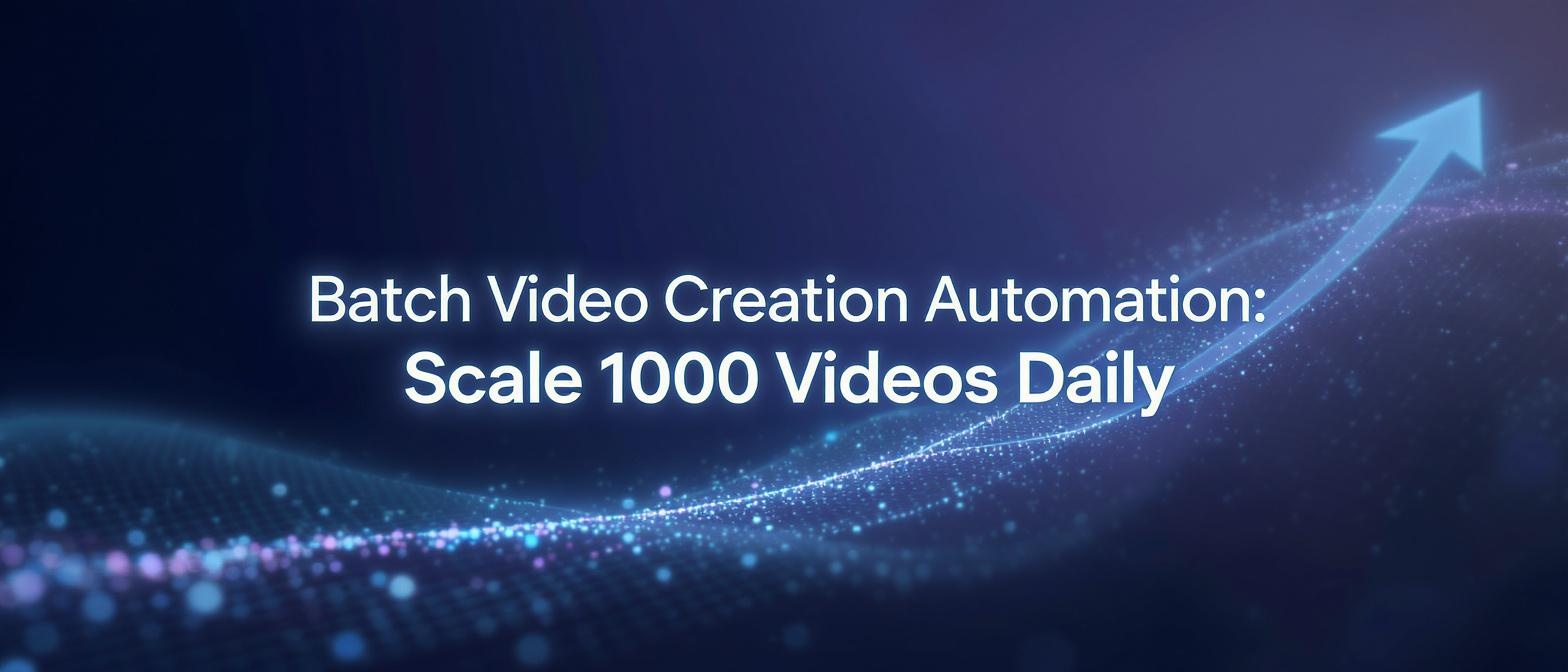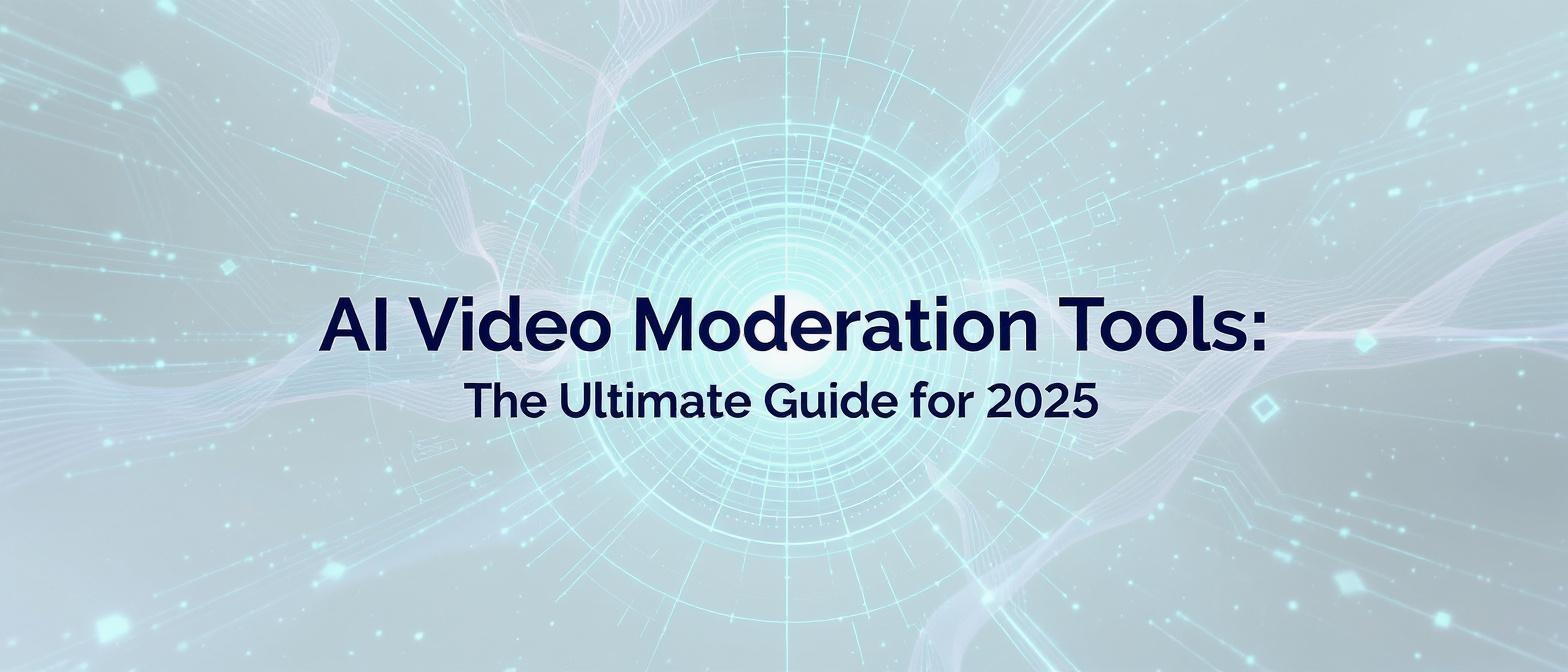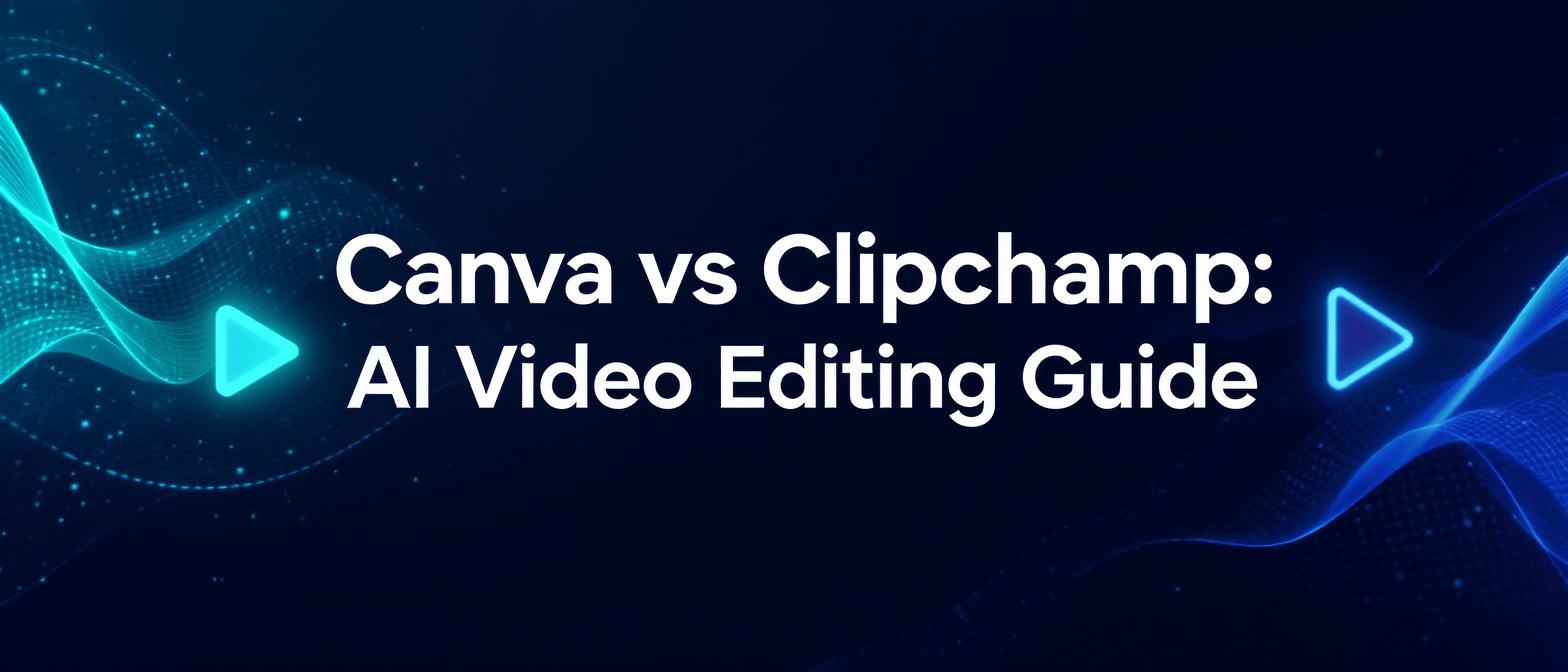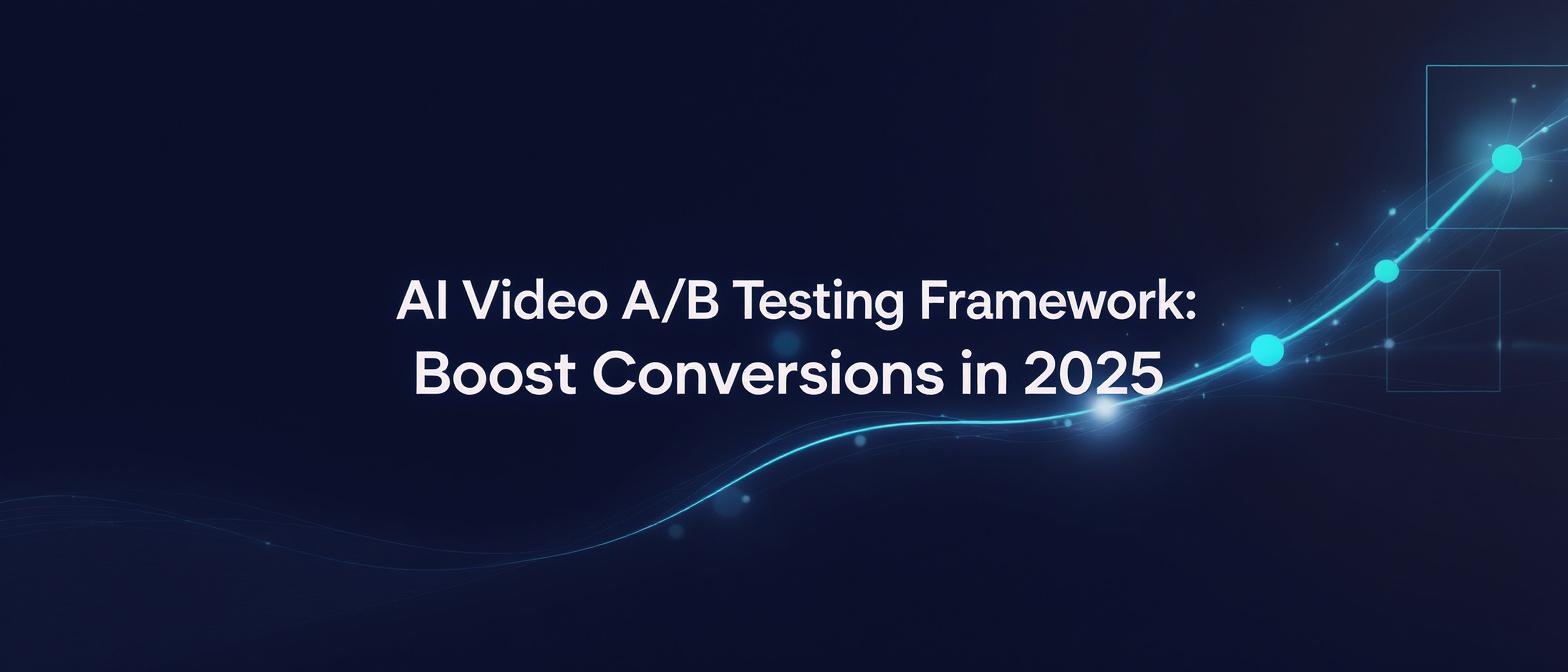Batch Video Creation Automation 2025: How to Scale Video Production 1000 Daily with AI
Estimated reading time: ~15 minutes
Key Takeaways
- AI-driven video workflows drastically reduce production costs and time
- Parallel creative testing with batch automation accelerates marketing insights
- Hyper-personalized videos scale global localization and ROI
- Solutions like Studio by TrueFan AI offer an integrated, enterprise-ready approach
Introduction
The ground beneath the digital marketing landscape is shifting. For years, video has been king, but the kingdom is expanding at a pace that manual production simply cannot sustain. The competitive imperative for digital agencies, performance marketers, and growth-focused brands is no longer just about creating video; it’s about creating video at an industrial scale. This is where batch video creation automation 2025 emerges as the definitive game-changer. It’s an AI-powered paradigm shift, enabling the simultaneous generation of hundreds, or even thousands, of video assets in a single, streamlined workflow.
The market is responding with explosive force. The global AI video generator market is projected to skyrocket from USD 716.8 million in 2025 to an astonishing USD 2.5 billion by 2032. This isn't a fleeting trend; it's the new foundation of high-velocity marketing. For performance marketing teams, this evolution directly translates to unprecedented campaign speed, deeper user engagement, and a tangible uplift in ROI. In a world where video marketers already generate 66% more qualified leads per year, high-volume video creation AI is the engine that will separate market leaders from the laggards.
What Is Batch Video Creation Automation?
At its core, batch video creation automation is the use of artificial intelligence and cloud-based template engines to generate multiple personalized video variations in a single workflow. Instead of a linear, one-by-one process, it’s a parallel system where a single set of instructions can yield a near-infinite number of unique outputs.
The primary benefit is achieving massive scalability without the traditional, proportional increase in costs and effort. As noted in a TrueFan AI industry analysis, creating 100 distinct video variations manually would historically require 100 times the effort. With automation, the input effort remains relatively constant while the output multiplies exponentially. This economic shift is profound, with recent data showing that 63% of businesses using AI video tools reduce production costs by an average of 58%.
This revolution is powered by three key capabilities working in concert:
- AI-Powered Analysis & Selection: Intelligent algorithms scan source footage, data inputs, and creative assets to identify the most impactful elements for assembly.
- Template-Based Generation: Robust video templates act as blueprints, with dynamic placeholders for text, images, clips, and audio that can be populated from a simple spreadsheet or API call.
- Real-Time Performance Analytics: The system is not just a factory; it’s a learning organism. Performance data from published videos is fed back into the engine to inform and optimize future batches.
The Technology Stack for 2025 Batch Automation
Achieving industrial scale video production requires a sophisticated, multi-layered technology stack. While you can assemble these components individually, leading platforms are increasingly offering integrated solutions.
Subsection 3.1: AI-Powered Analysis & Clip Selection
The process begins with intelligence. Modern AI models, like those highlighted by Awakened Films' 2025 trend report, can scan hours of source footage—such as a webinar or a product demo—and automatically identify narrative highlights, optimal transition points, and moments most likely to drive engagement. This is the core of parallel video processing AI, where machine learning accomplishes in minutes what would take a human editor days of painstaking review. It’s the technology that powers automated creative testing by generating dozens of potential clips from a single source.
Subsection 3.2: Template-Driven Generation
Once the core creative elements are identified, template engines take over. This is where spreadsheet-to-video tools like Creatomate and Bannerbear have paved the way. As Napolify's analysis of TikTok automation notes, these platforms consume data from CSV files to dynamically swap out text, images, prices, or calls-to-action within a predefined video structure. For a bulk personalized video generator in a market like India, this means a single template can be used to create thousands of videos, each tailored with a unique customer name, regional offer, or localized message.
Subsection 3.3: Rendering Infrastructure
The final, and most computationally intensive, step is rendering. To achieve bulk video rendering automation at scale, operations move to the cloud. As detailed by platforms like Opus Pro, this involves cloud-agnostic GPU farms that distribute rendering jobs in parallel. This architecture can turn a 60-minute source video into hundreds of unique, high-definition short-form clips in under five minutes. This is the horsepower that makes industrial scale video production a practical reality.
Platforms like Studio by TrueFan AI enable businesses to bypass the complexity of building this stack from scratch, offering an integrated, browser-based solution that combines AI, templates, and cloud rendering into a seamless workflow.
Enterprise Video Batch Processing with TrueFan Studio
For organizations ready to move beyond piecemeal tools and embrace a fully integrated solution, enterprise-grade platforms are the answer. Consider Studio by TrueFan AI, a browser-based platform best described as the “Canva for AI videos.” It’s designed specifically for API-driven workflows, supporting 175+ languages, HD/4K output, and real-time content moderation, making it a powerhouse for enterprise video batch processing.
Key features that facilitate high-volume production include:
- A Licensed Avatar Library: The platform provides access to photorealistic virtual humans, such as Gunika, Annie, and Aryan, who are digital twins of real influencers. This allows brands to have a consistent “face” for their campaigns without logistical complexities, with options for training custom avatars of company spokespeople.
- Advanced Script-to-Video: Users can generate perfectly lip-synced videos with a single click. The power of Studio by TrueFan AI's 175+ language support and AI avatars is a game-changer for global localization efforts, allowing a single script to be deployed flawlessly across dozens of markets.
- A Robust In-Browser Editor: The platform includes tools to trim clips, add dynamic subtitles, switch between aspect ratios for different social platforms (16:9, 1:1, 9:16), and overlay backgrounds, all without leaving the browser.
- Seamless Integration: With Webhooks and APIs, the platform plugs directly into existing marketing automation pipelines, social publishing tools, and even WhatsApp, enabling a truly automated, end-to-end workflow.
Crucially, for enterprise adoption, the platform is built on a foundation of compliance and security, with ISO 27001 and SOC 2 certifications, ensuring a walled-garden approach that gives brands full control and a 100% content compliance record.
Scalable Workflows for Performance Marketing
Adopting batch automation requires a fundamental mindset shift—from thinking about a “one-off” video to architecting a system that can generate “10,000 variations.” This transition unlocks powerful new workflows for performance marketing teams aiming to scale video production 1000 daily.
A typical automated video generation workflow looks like this:
- Data Preparation: The marketing team assembles a CSV or JSON file containing all the variables for the campaign—customer segments, messaging hooks, product names, pricing, CTAs, and target languages.
- Template Setup: A core video template is designed in a platform like Studio by TrueFan AI, with designated placeholders for each variable from the data file.
- Batch Execution: A single API call or webhook trigger initiates the automated video generation workflow. The platform ingests the data file, merges it with the template, and begins rendering thousands of unique videos in parallel.
- Automated Publishing: Using platform APIs, the newly generated videos are pushed directly to YouTube, TikTok, Instagram Reels, and other channels, complete with optimized titles, descriptions, and hashtags.
This process leverages the incredible efficiency gains AI offers. As new data from 2025 shows, 74% of marketing teams already use AI to adapt content for multiple platforms, improving their operational efficiency by a staggering 59%.
The Hidden Costs of NOT Automating in 2025
While the benefits of automation are clear, the risks of inaction are growing. The hidden costs of maintaining manual video workflows include:
- Lost Market Speed: Competitors using automation can launch, test, and iterate on campaigns faster, capturing market share while manual teams are still in post-production.
- Creative Burnout: Forcing talented creative teams to perform repetitive, low-value tasks like resizing videos or swapping out text leads to burnout and high turnover.
- Missed Personalization Opportunities: Without automation, scaling personalized video messages is impossible, leaving the significant engagement and conversion lifts of personalization on the table.
Automated Creative Testing & A/B Testing
Perhaps the most significant strategic advantage of high-volume video creation AI is the revolution it brings to creative testing. The old model of linear testing—launching one or two ad variations per week—is obsolete.
Batch automation enables parallel creative testing, where 20, 50, or even 100 video variants can be launched concurrently to track critical metrics like audience retention, click-through rates (CTR), and conversion. This allows for the systematic isolation of variables. Marketers can now definitively test:
- Messaging: Which emotional hook resonates most?
- Visuals: Does a product shot outperform a lifestyle image?
- CTAs: Is “Shop Now” more effective than “Learn More”?
- Length: Does a 15-second cut outperform a 30-second one?
This data-driven approach allows for what can be described as “virtual reshoots.” Instead of expensive and time-consuming new filming, AI-assisted editing and generation tools can create entirely new creative iterations in minutes, fostering hyper-agile campaign cycles.
Measuring the True ROI of Automated Video
The return on investment from automation extends far beyond simple cost savings. Solutions like Studio by TrueFan AI demonstrate ROI through a suite of new, powerful metrics:
- Creative Velocity: The number of unique, testable video assets your team can produce per week.
- Test-to-Learn Ratio: How quickly you can gather statistically significant data to make smarter creative decisions.
- Market Coverage Speed: The ability to launch tailored campaigns across multiple segments and regions simultaneously, rather than sequentially.
Hyper-Personalization & Multilingual Localization
Modern batch automation moves far beyond simply inserting a customer’s first name into a generic video. True hyper-personalization involves dynamically tailoring content at an individual level. This can include:
- Individualized product recommendations based on browsing history.
- Regional pricing and offers that update automatically.
- Dynamic overlays showing the viewer’s local store or representative.
When combined with multilingual capabilities, the impact is magnified. An effective multilingual workflow involves more than just translation; it’s a holistic localization process. AI-powered platforms can now auto-translate a script, generate a perfectly lip-synced voiceover in one of 175+ languages, and even dynamically swap cultural assets (e.g., changing a background image to a recognizable local landmark). This is a complex task where AI delivers immense value; studies show that AI tools can save an average of 34% of the time spent on editing processes.
The results are higher CTRs, improved customer retention, and consistent global campaign messaging that feels authentically local, aligning with the cross-industry generative AI use cases identified by NASSCOM.
Integration & Analytics-Driven Optimization
The true power of an automated video generation workflow is realized when it’s integrated into the broader marketing technology stack. This creates a real-time, analytics-driven feedback loop.
Modern systems use APIs to sync directly with:
- Marketing Automation Platforms: Tools like HubSpot or Marketo can trigger the generation of personalized videos based on user behavior (e.g., abandoning a cart).
- Advertising Platforms: Performance data from Google Ads or Meta can be fed back to the AI model to automatically reallocate budget to the highest-performing video creatives.
- CRM Systems: Customer data can be used to enrich personalization, creating highly relevant video messages for different stages of the buyer journey.
This ecosystem also enables competitive intelligence automation. Systems can be programmed to scrape competitor video performance stats and analyze comment sentiment, providing data-backed insights to inform the variables for the next content batch.
Building a Center of Excellence for Video Automation
For large enterprises, maximizing the value of these tools requires a strategic approach. Establishing a Center of Excellence (CoE) for video automation can provide governance, define best practices, and develop the new skills required. This CoE would be responsible for creating template libraries, managing data inputs, ensuring brand compliance, and training marketing teams on how to shift from a “request-based” to a “system-based” mindset for video creation.
Ethical AI & Brand Compliance
The power of batch video creation automation comes with a responsibility to use it ethically. As deepfake technology becomes more accessible, enterprise-grade platforms must build in robust safeguards for consent and brand protection.
Key pillars of an ethical AI framework include:
- Deepfake and Consent Protocols: Following a strict consent-first model, where there is explicit opt-in for using anyone’s likeness or voice. This includes transparent disclosures to audiences when content is AI-generated, a key principle outlined in AI safety guides.
- Automated Moderation: AI-powered filters that automatically check for profanity, hate speech, and other brand-unsafe content before a video is ever published. This also extends to enforcing celebrity contracts, ensuring their likeness is only used in approved variations.
- Comprehensive Audit Trails: Maintaining detailed logs of all generation parameters, data sources, and audience targeting for every video created. This is essential for regulatory compliance and brand governance, a topic of increasing importance to industry analysts at firms like Gartner.
Future Outlook & Strategic Recommendations
The trajectory of AI video generation is clear: it is evolving from a set of tools into a core component of the marketing infrastructure. The future is moving towards even deeper automation and intelligence.
Emerging trends include:
- Real-Time Trend Integration: As noted in reports on TikTok automation, future platforms will automatically integrate real-time trend data, suggesting video variations that capitalize on trending sounds, hashtags, and formats.
- AI-Driven Creative Direction: The next generation of AI will act as a creative partner, not just an execution engine. It will help write scripts, storyboard scenes, and even compose a fitting musical score.
Recommendations for 2025 Rollout
1. Audit Current Workflows: Identify the most repetitive, time-consuming tasks in your current video production process. These are the prime candidates for your initial automation pilots.
2. Pilot with Specialized Tools: Begin with a focused pilot program using a platform like OpusClip for repurposing long-form content or TrueFan Studio for enterprise-level personalized messaging.
3. Integrate Analytics Early: From day one, connect your generation engine to your performance analytics. Let data drive your iteration and scaling decisions.
Looking ahead to 2026 and beyond, the strategic focus should be on building proprietary data-driven personalization pipelines, defining the roles of human creatives versus AI systems, and closely monitoring the evolving regulatory landscape. With projections showing 70% of marketing teams will integrate AI videos by 2029, the time to build this capability is now. The era of industrial scale video production has arrived.
Frequently Asked Questions
Q1: What's the difference between batch video creation and simple video automation?
Simple video automation typically focuses on a single task, like adding subtitles or resizing a video for different platforms. Batch video creation is an end-to-end system that handles the entire generation process for hundreds or thousands of unique videos at once, from data input and asset selection to final rendering and publishing.
Q2: How much technical skill is needed to start with batch video creation?
It varies by platform. While some solutions are API-first and require developer knowledge, many modern platforms are designed for marketers. Platforms like Studio by TrueFan AI are designed with a user-friendly, ‘Canva-like’ interface, requiring no coding skills to start generating videos. For more advanced workflows, API access is available for developers.
Q3: Can AI-generated videos truly match human creativity?
The goal of AI is not to replace human creativity but to augment it. AI excels at handling the repetitive, data-driven aspects of production at a scale humans cannot. This frees up human creatives to focus on higher-level strategy, concept development, and the nuanced emotional storytelling that machines cannot yet replicate. The most effective teams use AI as a powerful tool to execute a human-led creative vision.
Q4: How do you ensure brand consistency across thousands of automated videos?
Brand consistency is managed through robust templating and governance. A “master template” is created that locks in brand elements like logos, fonts, color palettes, and outro animations. The automated process only changes the designated variable elements (like text or product images), ensuring that every single video adheres to the core brand guidelines.
Q5: What is the typical starting cost for implementing a batch video workflow?
Costs can range widely. Using self-serve SaaS platforms can start from a few hundred dollars per month for a limited number of videos. A fully integrated, enterprise-level solution with API access and dedicated support will be a more significant investment, often with custom pricing based on video volume and feature requirements. The key is to measure the cost against the significant savings in production time and the ROI from increased testing velocity and personalization.
Q6: How does batch video creation impact SEO?
Batch video creation can significantly boost your video SEO strategy. It allows you to create a high volume of content targeting niche, long-tail keywords that would be impractical to pursue with manual production. By generating variations of a core video for different keywords, questions, and audience intents, you can dramatically expand your content footprint on platforms like YouTube, driving organic traffic and visibility.




